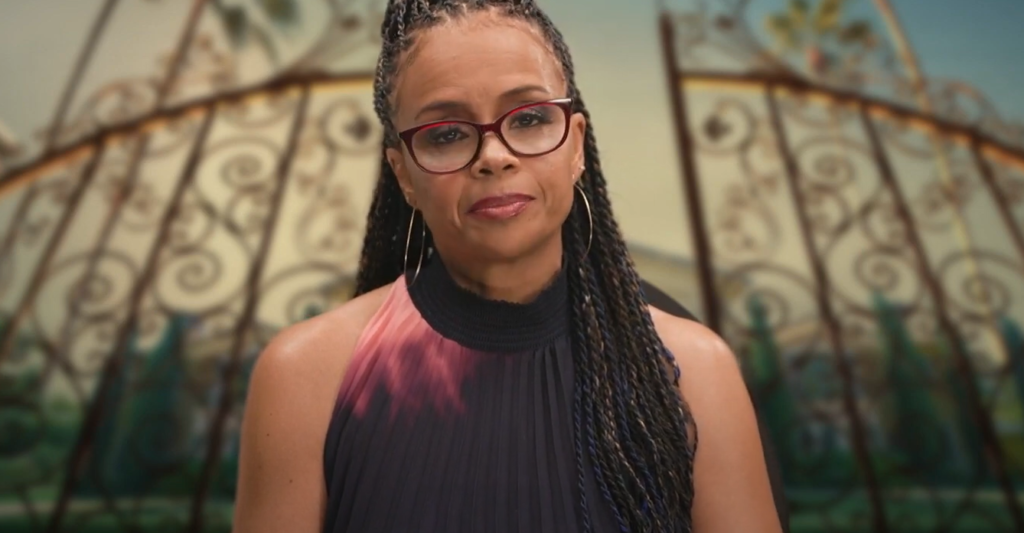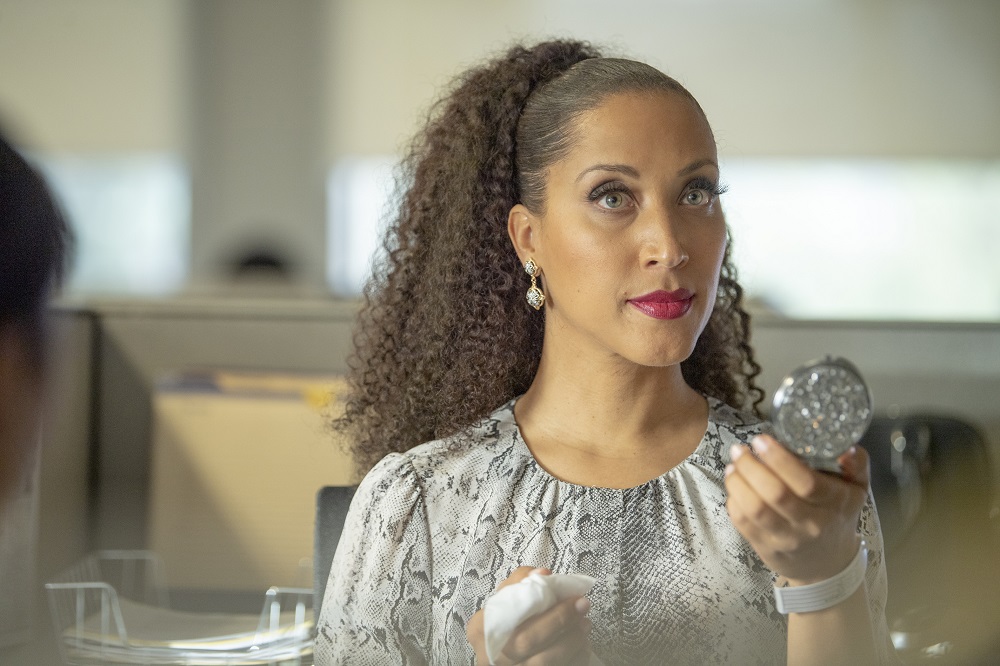While television is widely considered a more female-friendly medium than film, new research from Dr. Martha Lauzen demonstrates that the small-screen isn’t nearly as progressive when it comes to gender equality as many would hope or believe. As Dr. Lauzen stated in a press release, “These findings are at odds with the popular perception that women have taken over the world of television or, at the very least, achieved parity.”
Dr. Lauzen, the Executive Director of the Center for the Study of Women in Television and Film at San Diego State U., studied both female characters and off-screen talent in the newest installment of her annual TV report, “Boxed In 2015–16: Women On Screen and Behind the Scenes in Television.”
The content analysis zeroed in on 3,504 characters and 3,593 behind-the-scenes credits on dramas, comedies, and reality programs appearing on the broadcast networks, basic and pay cable channels, and streaming services.
Only five percent of programs considered had casts with an equal number of male and female characters, and nearly 80 percent of the programs featured casts with more male character than female characters.
As much as people would like to believe things are getting exponentially better for women in Hollywood, the data suggests otherwise. As Lauzen writes, “The percentage of female characters featured on broadcast network programs last year was slightly below that achieved a decade ago (41 percent in 2015–16 vs. 42 percent in 2006–07).” If you think the number female characters are significantly higher on cable programs and series from streaming platforms, think again: “Females accounted for 38 percent of all characters on streaming programs, and 33 percent on cable programs.”
It’s not just that there are far fewer female characters than male characters — women are underrepresented and when they are depicted, sexist characterizations abound: “Female characters were less likely than males to be portrayed as leaders, less likely than men to be seen at work and actually working, and more likely than men to be identified by their marital status.”
It’s not all doom and gloom, fortunately. “Broadcast network programs became more racially and ethnically diverse in 2015–16, with Black female characters achieving a recent historical high,” writes Lauzen. “71 percent of females were White (down six percentage points from 77 percent in 2014–15), 17 percent were Black (up two percentage points from 15 percent), five percent were Latina (up two percentage points from three percent), five percent were Asian (up one percentage point from four percent), and two percent were of some other race or ethnicity (up one percentage point from one percent).” There’s undeniably a long way to go towards inclusivity, but (long overdue) progress is being made.
And now, more bad news: “The employment of women working in key behind-the-scenes positions on broadcast network programs has stalled, with no meaningful progress over the last decade.” Women accounted for only 27 percent of all individuals working as creators, directors, writers, producers, executive producers, editors, and directors of photography on broadcast network programs. In 2006–2007, that number was 26 percent. So that’s a difference of one percent in a decade — an improvement that doesn’t exactly make us feel like celebrating.
A horrifying 98 percent of series had no women directors of photography, 91 percent had no women directors, 78 percent had no women editors, 76 percent had no women creators, 71 percent had no women writers, 26 percent had no women producers, and 26 percent had no women executive producers.
As we often emphasize, who works behind-the-scenes affects who is seen on-screen: “on programs with at least one woman creator, females accounted for 45 percent of all speaking characters. On programs with exclusively men creators, females comprised 36 percent of all characters. On programs with at least one woman executive producer, females comprised 40 percent of all speaking characters. On programs with exclusively male executive producers, females accounted for 32 percent of all characters.”
The same applies to major characters: “on programs with at least one woman executive producer, females accounted for 41 percent of major characters. On programs with exclusively male executive producers, females comprised 31 percent of major characters. On programs with at least one woman creator, females accounted for 48 percent of major characters. On programs with exclusively male creators, females comprised 35 percent of major characters.”
Shows with women creators and/or executive producers also feature higher percentages of women in key behind-the-scenes roles. On programs with at least one woman creator, women accounted for 51 percent of writers, whereas on shows with exclusively male creators, women comprised 16 percent of writers.
Check out more highlights from the study below. You can view the full report here.
- The percentage of female characters with speaking roles was highest on broadcast network programs (41 percent), followed by streaming programs (38 percent), and cable programs (33 percent).
- The percentage of major female characters appearing on broadcast network programs has declined since 2010–11. Females comprised 43 percent of major characters on broadcast network programs in 2010–11, 42 percent in 2014–15, and 41 percent in 2015–16.
- Characters appearing on broadcast networks were more diverse than those appearing on cable channels and streaming services. For example, 71 percent of female characters on the broadcast networks were White versus 77 percent on cable and streaming services. Five percent of female characters on broadcast network programs were Latina but only three percent of females on cable and streaming programs were Latina.
- The percentage of women working in key behind-the-scenes roles was highest on broadcast network programs (27 percent) and streaming programs (27 percent), and lowest on cable programs (22 percent).







